Gas giants on edge as price limits loom, industry fears ‘permanent’ intervention
Energy producers are on edge over fears Labor may lock in a long-term price intervention to ensure adequate supplies of affordable domestic gas.
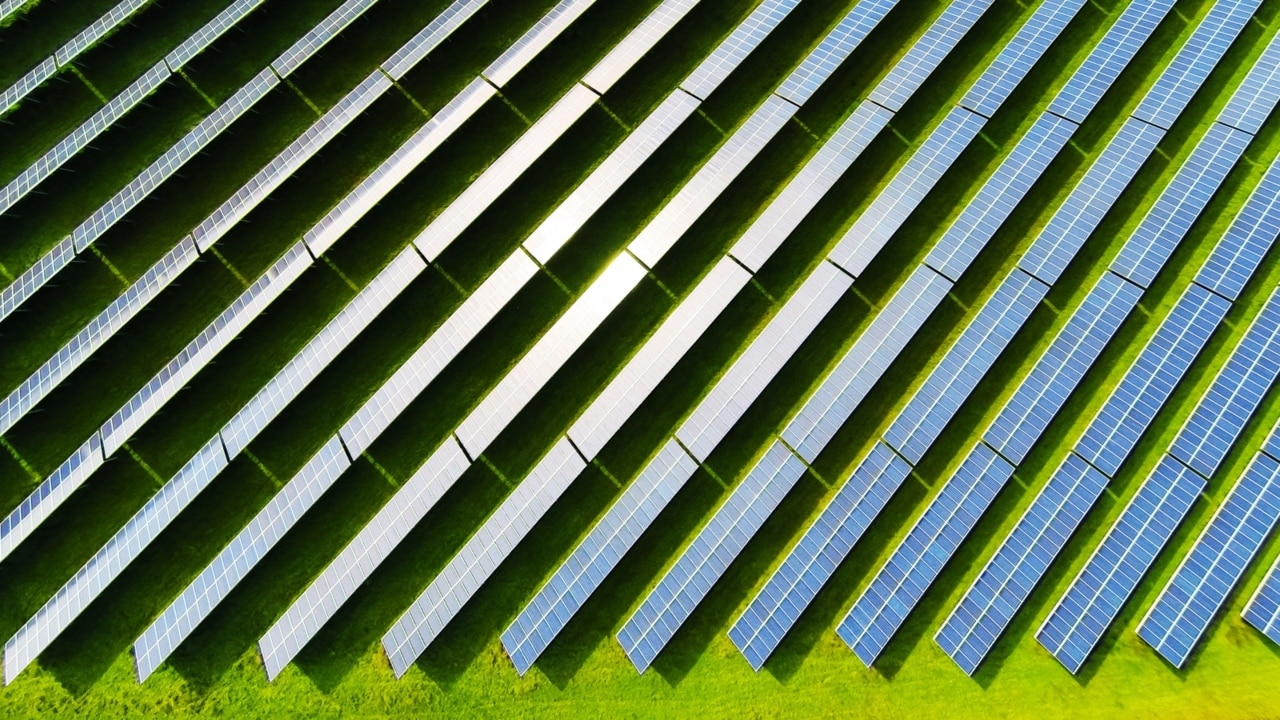
Energy producers are on edge over fears Labor may lock in a long-term price intervention to ensure adequate supplies of affordable domestic gas, with the Albanese government confirming its controversial action will address a lack of competition and power imbalances in the market.
Labor is expected to issue the exposure draft for its mandatory code of conduct as soon as Monday, with the industry on alert over a clause specifying the need to strike “reasonable pricing” deals with users on a permanent basis.
Leading gas producers have been holding off finalising new supply contracts for 2024 until the government unveils its code, amid concern a temporary year-long cap of $12 per gigajoule could be used as a long-term pricing reference as part of the latest policy intervention.
The Australian Petroleum Production & Exploration Association sent an alert to its members over the weekend saying the code would be released on Monday, with a three-week consultation period to follow.
It sets the scene for a tense tussle before the federal budget on May 9, with oil and gas giants already bracing for Treasurer Jim Chalmers to shake up the Petroleum Resource Rent Tax as part of a resources sector overhaul.
New data to be released on Monday by APPEA shows state and federal governments will benefit from $100bn in tax receipts from gas export projects over the next two decades, the latest case of the industry underlining its fiscal clout and heading off a government tax grab.
The code might allow new projects that add supply for domestic use to qualify for exemptions from any specific pricing provision, sources told The Australian, in a move that could leave Queensland LNG producers the most exposed to the new policy impost.
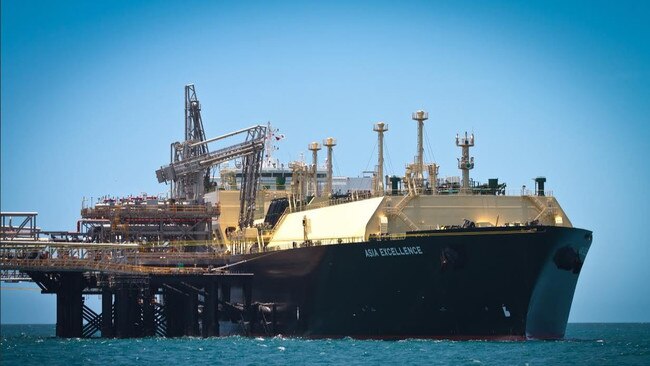
The government confirmed the code would focus on both the price and tenure of gas contracts.
“The government will soon release a mandatory code of conduct to ensure Australians have access to Australian gas at reasonable prices and on reasonable terms,” a spokesman for Energy Minister Chris Bowen said.
“It will address systemic issues within the wholesale gas market, including insufficient competitive pressure and bargaining power imbalances.”
Australia has run into strife supplying its own domestic industry, with some experts saying the issue has been compounded by the Albanese government’s intervention.
Australian Workers Union national secretary Daniel Walton said it was crucial for the government to strike a compromise.
“What they’re essentially trying to do is to find this sort of unicorn which deals with both supply and pricing for domestic customers, but also guarantees that companies can still get a reasonable rate of return. But also importantly, that it’s not going to be a block on any future investment.”
Companies including Woodside Energy and Senex have warned they will wait to see the details of the mandatory code of conduct before finalising sales agreements for 2024, effectively stalling new supplies entering the market.
Credit Suisse analyst Saul Kavonic said the latest intervention by the government added further risks to the east coast gas market.
“With little sign of the government backing down, and a gas contracting pile-up taking place amid all the uncertainty, the government may look to simply extend a price cap but allow more exceptions and flexibility to try still foster investment in supply,” Mr Kavonic said.
“The devil will be in the details, but a continued government effort to try and regulate pricing is fraught with danger of unintended consequences as energy insecurity risks rise significantly into next year.”
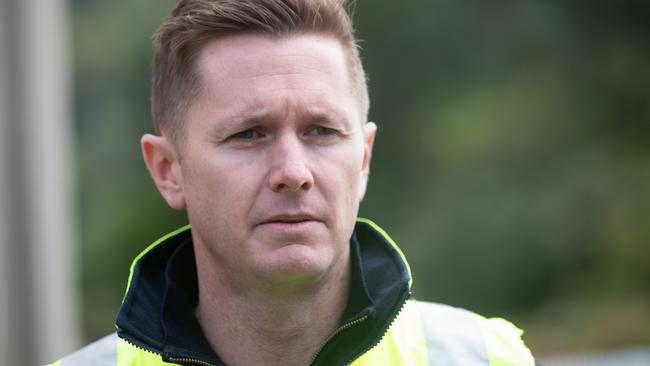
Figures from the competition regulator in November 2022 showed Australia’s big retailers had offered a dozen contracts between $30/GJ and $40/GJ, still more than triple the price from 12 months earlier. Gas-reliant manufacturers said those tariffs would send them out of business.
Prices have since retreated substantially, but some users who failed to strike contracts last year remain aggrieved over paying high rates on spot markets.
APPEA said the code “must recognise the importance of gas in a cleaner energy future, and the need to ensure settings which enable investment in new supply to avoid forecast shortfalls and put downward pressure on prices”.
New figures to be released by APPEA on Monday show a number of Australia’s biggest LNG projects, including Chevron’s Gorgon facility, Inpex’s Ichthys project and Origin Energy’s Australia Pacific LNG plant, would add tens of billions of dollars to government coffers over the next 20 years after $US310bn ($460bn) of existing investment.
“Actual project revenues to date have been somewhat lower than operator expectations at the time these projects were sanctioned,” consultancy Wood Mackenzie said in a report commissioned by APPEA.
“This is primarily due to lower than expected commodity prices through the last decade, periods of oversupply in the LNG market and delayed start up and operational issues affecting the amount of LNG for sale from many of the Australian projects. The current outlook for higher commodity prices over the coming few years should now directly flow through to upside tax take scenarios for the Australian Treasury. While taxable profits are negatively hit by low commodity prices, considerable upside also rings true when market conditions for producers are positive. The current global energy crisis is likely to see higher commodity prices maintained over the coming years. As long as Australian LNG producers are able to meet targeted output levels at a low cost, significant short-term upside taxation should continue to directly flow through to the Australian Treasury and state governments.”


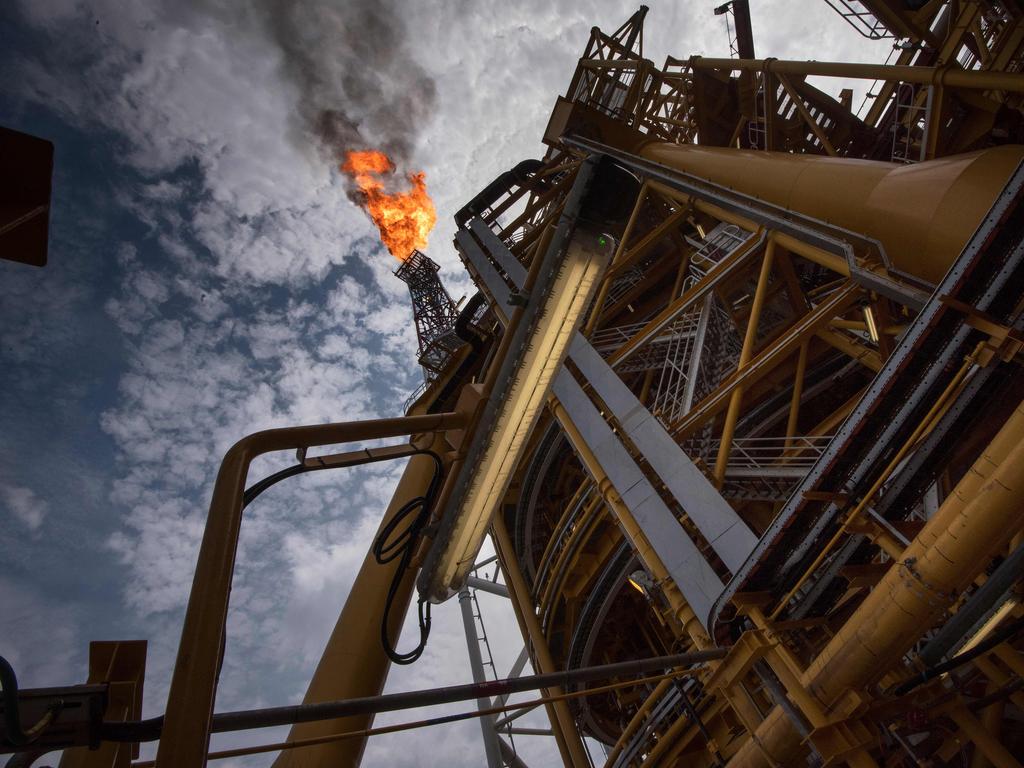

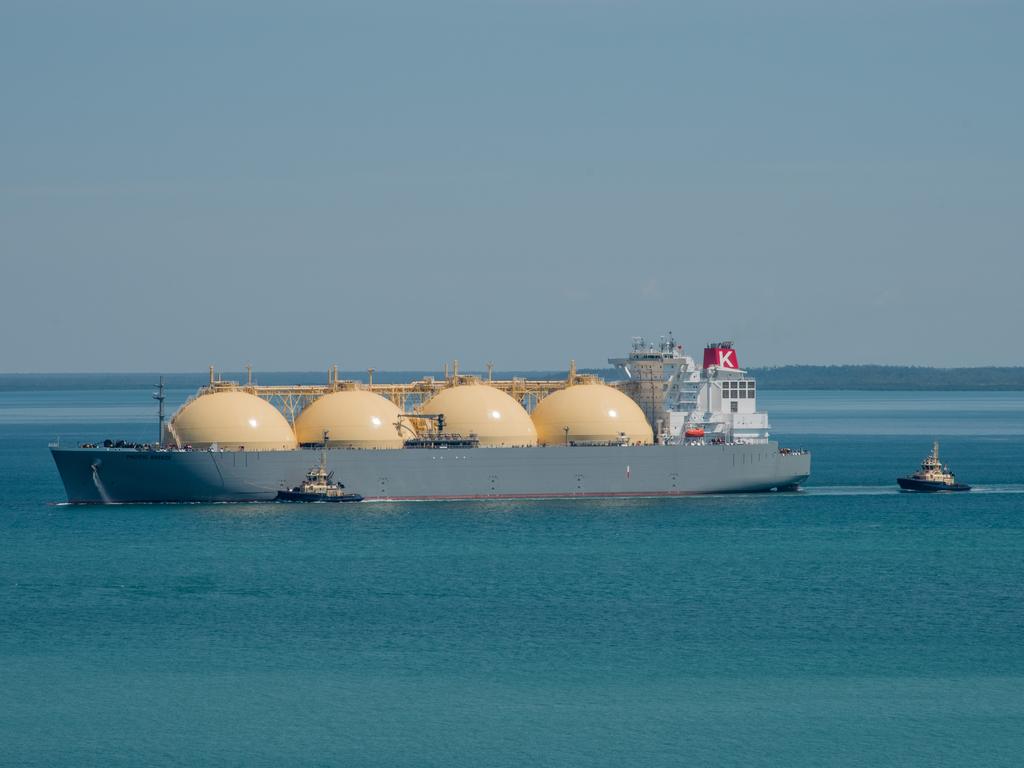
To join the conversation, please log in. Don't have an account? Register
Join the conversation, you are commenting as Logout